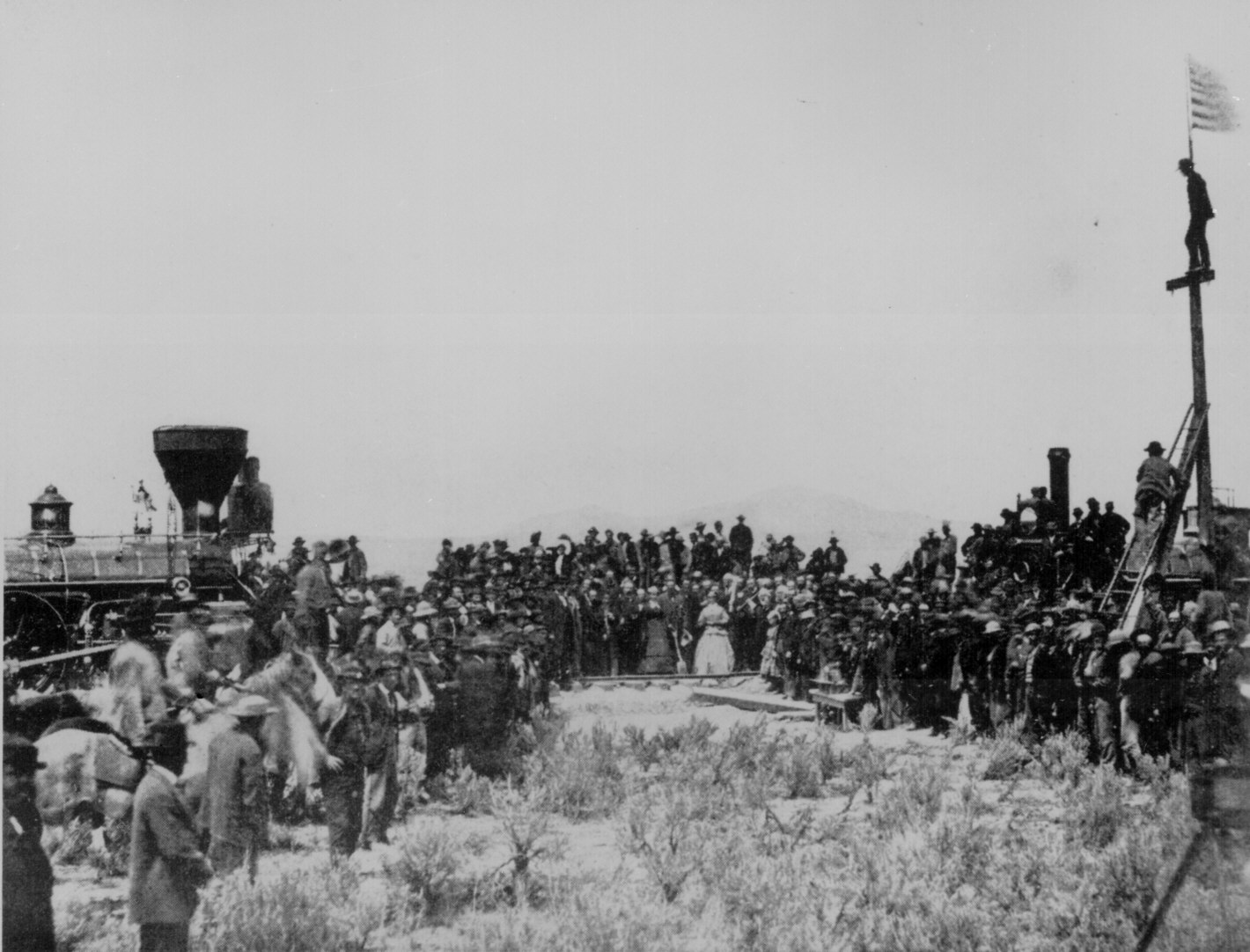|

Portrait
of Union Soldier
Library of Congress, Prints & Photographs Division, reproduction no.
LC-B8184-10192 DLC
|
Questions to consider
1. Did
the Emancipation Proclamation aid or hinder the Northern war effort?
2. How significant was internal dissent in the Union and the Confederacy?
3. How did public opinion shape the outcome
of the war?
4. (How) did the war alter northern racial attitudes?
5. How
did Lincoln mantain support for the war effort?
5. Why did the South lose?
Primary sources
Hannah Johnson to President
Lincoln, 31 July 1863
James H. Gooding to President Lincoln, 28 September, 1863
Three reactions to the Emancipation
Proclamation
Julia Ward Howe, "The
Battle Hymn of the Republic"
Introductory
reading
Nelson and Sherriff, "War's Miseries: The Confederate Home Front" in A
People at War: Civilians and Soldiers in America's Civil War, 1854-1877 (2008),
pp. 260-291.
James M. McPherson, Battle Cry of Freedom (1988), especially
chapters 10, 20 and 21
Anne Sarah Rubin, “A Religious Patriotism:
The Culture of Confederate Identity” from A Shattered Nation: The
Rise and Fall of the Confederacy, 1861-1868 (Chapel Hill: University
of North Carolina Press, 2005).
Further reading
Southern home
front
Gary W. Gallagher, “Defeat”,
from The Confederate War (Cambridge, Mass.: Harvard University
Press, 1997)
William Blair, “Towards a Rich
Man’s Fight” from Virginia’s Private War: Feeding
Body and Soul in the Confederacy, 1861-1865 (New York: Oxford University
Press,
1998)
James A. Roark, “A Loss of Mastery,” from
Masters Without Slaves: Southern Planters in the Civil War and Reconstruction
(New York: W. W. Norton, 1977)
Drew
Gilpin Faust, “Altars of Sacrifice: Confederate Women and the Narratives
of War,” Journal of American History 76 (Mar. 1990): 1200-28
Stephen V. Ash, “‘No River of
Fire’: War Weariness and the Collapse of Resistance”, from
When the Yankees Came: Conflict and Chaos in the Occupied South, 1861-1865
(Chapel Hill: University of North Carolina Press, 1995)
William W. Freehling, “The
Last Best Hope,” from The South vs the South: How Anti-Confederate
Southerners Shaped the Course of the Civil War (New York: Oxford University
Press, 2001)
Northern home
front
Joan E. Cashin, “Deserters, civilians
and draft resistance in the North,” in The war was you and
me: civilians in the American Civil War
Jennifer L. Weber, "The
Battle Behind the Lines", from Copperheads: The Rise
and Fall of Lincoln's Opponents in the North (OUP, 2006),
pp. 103-133.
J. Matthew Gallman, “Voluntarism
in Wartime: Philadelphia’s Great Central Fair” from
Maris A. Vinovskis, ed., Toward a Social History of the American
Civil War: Exploratory Essays (Cambridge: Cambridge University
Press, 1990)
Iver Bernstein, “The Two Tempers
of Draco,” from The New York City Draft Riots: Their Significance
for American Society and Politics in the Age of the Civil War (New
York: Oxford University Press, 1990)
The War and Southern
Defeat
Michael
Fellman, “Brother Killers: Guerrillas and Union Troops,” from
Inside War: The Guerilla Conflict in Missouri During the American
Civil War (New York: Oxford University Press, 1989)
Mark Grimsley, “The Limits of
Hard War,” from The Hard Hand of War: Union Military Policy
Towards Southern Civilians (New York: Cambridge University Press, 1995)
Mark
Neely, "Was the Civil War a Total War?", Civil War History 50.4 (2004): 434-458
Benjamin L. Carp, “Nations of American Rebels: Understanding
Nationalism in Revolutionary North America and the Civil War South,” Civil
War History 48.1 (2002)
Drew Gilpin Faust, “Altars of Sacrifice: Confederate Women and
the Narratives of War,” Journal of American History 76 (Mar.
1990): 1200-28
Websites
Audio
lecture by James McPherson: "Why did the South lose the Civil
War" [at the Princeton University website]
Mary
Boykin Chestnut, A Diary from Dixie
Civil
War Center
Robert
E.Lee Papers
Valley
of the Shadow project
Documenting
the American South: The Southern Homefront
|
